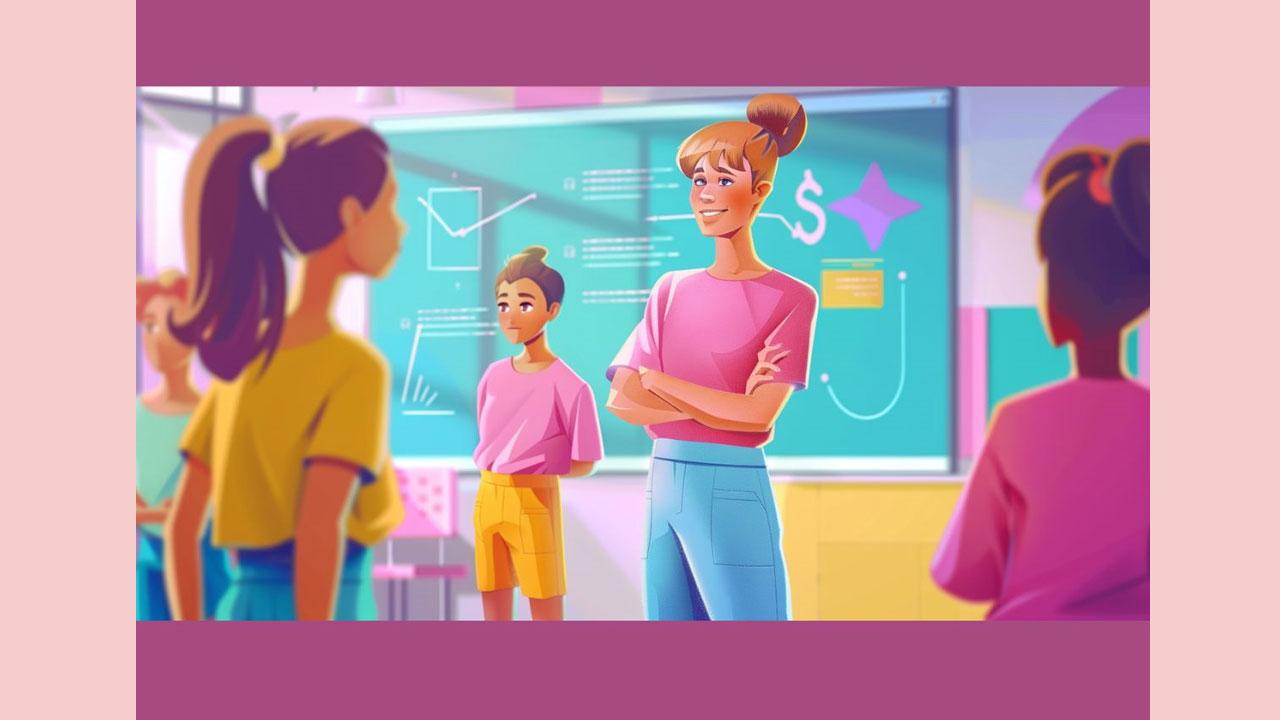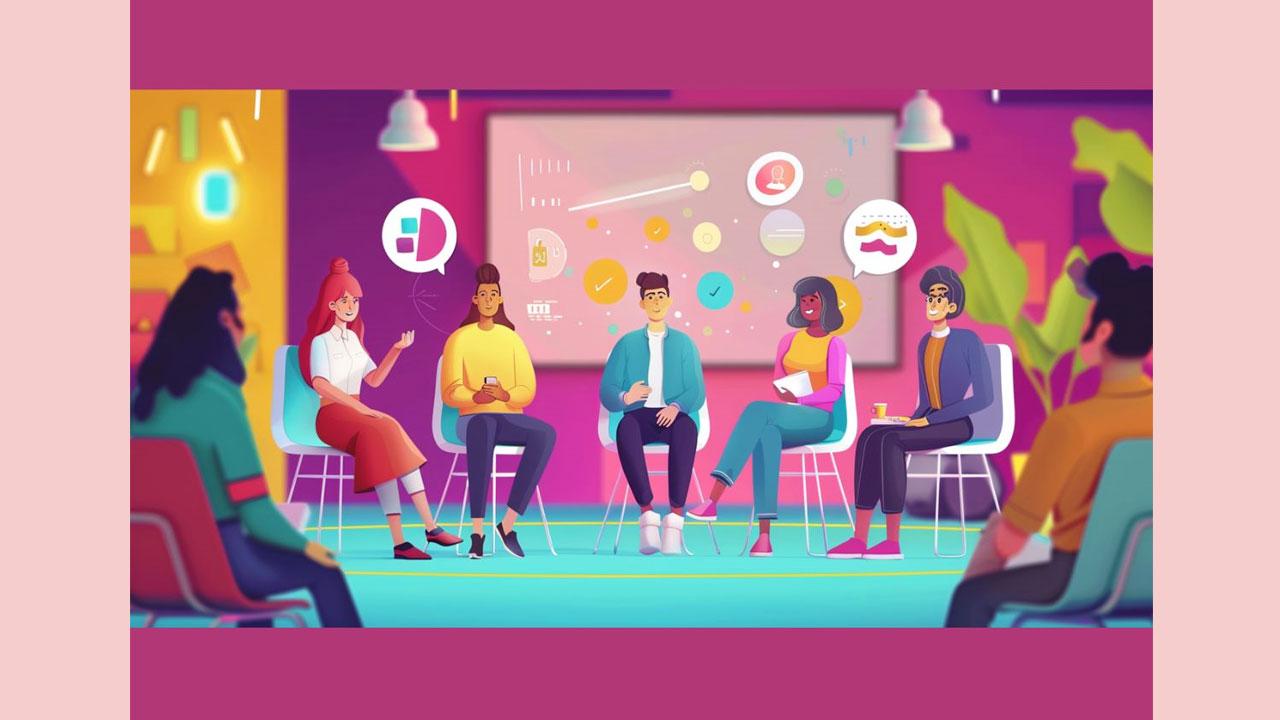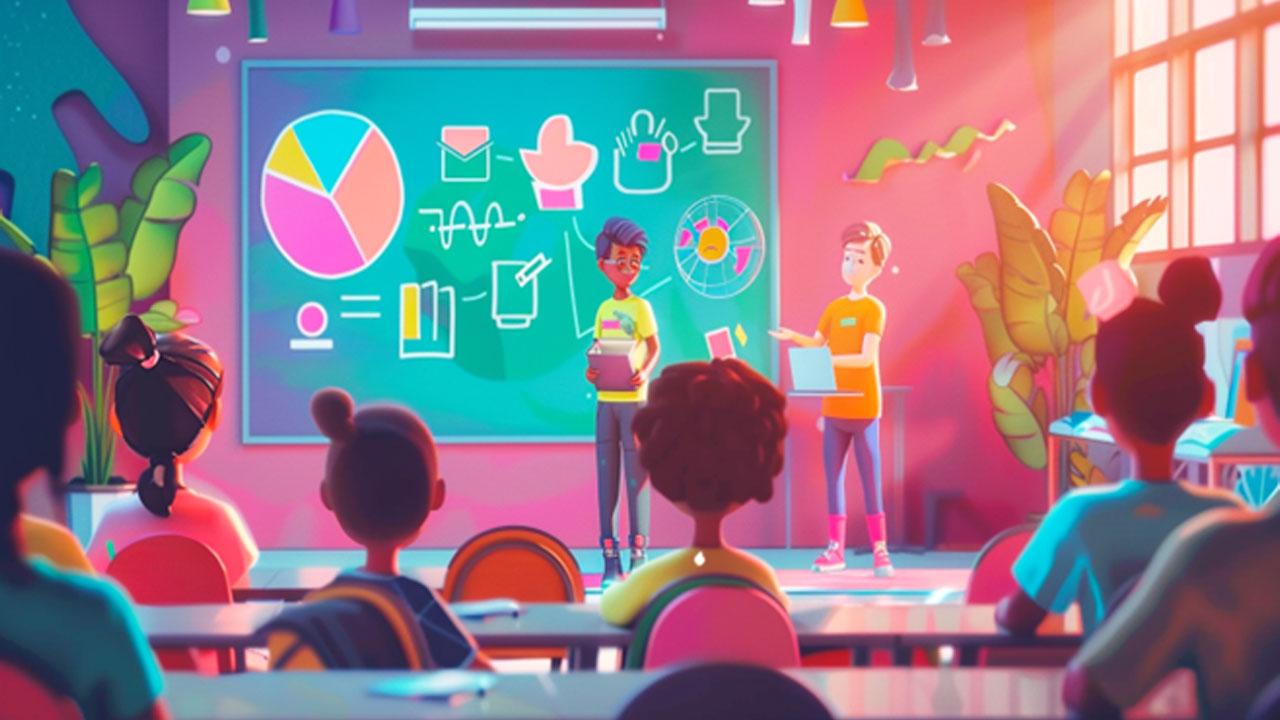Effective teachers often adapt their style to suit the needs of their students, the subject matter, and the learning environment.

5 Effective Teaching Styles
Teaching is both an art and a science.
ADVERTISEMENT
Effective educators understand that there's no one-size-fits-all approach to instruction. Instead, they employ a variety of teaching styles to engage students, facilitate learning, and achieve educational objectives.
In this expert guide, we'll explore the five most effective teaching styles, examining their strengths and potential drawbacks.
What are Teaching Styles?
Teaching styles refer to the methods and approaches educators use to impart knowledge and facilitate learning.
These styles reflect an instructor's philosophy, personality, and understanding of how students learn best.
Effective teachers often adapt their style to suit the needs of their students, the subject matter, and the learning environment.
The 5 Most Effective Teaching Styles
1. Lecturer (Authority Style)

The lecturer style, also known as the authority style, is a teacher-centered approach where the instructor serves as the primary source of information.
Pros:
- Efficient for delivering large amounts of information
- Provides a clear structure for students
- Allows for consistent pacing across a curriculum
- Ideal for subjects with factual content
Cons:
- Limited student engagement and interaction
- May not cater to diverse learning styles
- Can lead to passive learning
- Potentially monotonous for students
2. Demonstrator (Coach Style)

The demonstrator or coach style combines lectures with demonstrations and student practice.
Pros:
- Provides visual and auditory learning opportunities
- Allows for hands-on practice and immediate feedback
- Effective for teaching specific skills or processes
- Encourages student participation
Cons:
- Can be time-consuming to prepare and execute
- May not be suitable for all subjects
- Requires access to necessary materials and equipment
- Risk of students mimicking without understanding
3. Hybrid (Blended Style)

The hybrid or blended style incorporates elements from various teaching methods, often combining traditional classroom instruction with online learning.
Pros:
- Offers flexibility in learning pace and location
- Caters to diverse learning preferences
- Encourages self-directed learning
- Prepares students for a technology-driven world
Cons:
- Requires technological infrastructure and support
- May present a learning curve for both teachers and students
- Risk of technical issues disrupting learning
- Potential for reduced face-to-face interaction
4. Facilitator (Activity Style)

The facilitator style emphasizes student-centered learning, with the teacher guiding students through activities and discussions.
Pros:
- Promotes active learning and critical thinking
- Encourages collaboration and peer learning
- Develops problem-solving and communication skills
- Allows for personalized learning experiences
Cons:
- Can be challenging to manage in large classes
- May progress more slowly through curriculum
- Requires careful planning and preparation
- Some students may struggle with self-directed learning
5. Delegator (Group Style)

The delegator style involves assigning projects or tasks to students or groups, with the teacher serving as a consultant.
Pros:
- Develops student autonomy and responsibility
- Encourages deep learning through inquiry and discovery
- Promotes teamwork and leadership skills
- Prepares students for real-world problem-solving
Cons:
- May be difficult to ensure equal participation
- Requires strong classroom management skills
- Some students may feel unsupported
- Assessment can be more complex
How to Choose a Teaching Style

Selecting the most appropriate teaching style depends on several factors:
1. Subject Matter: Some subjects lend themselves better to certain styles. For example, a science class might benefit from a demonstrator style for experiments, while a literature class might thrive with a facilitator approach for discussions.
2. Student Needs: Consider the age, background, and learning preferences of your students. Younger learners might need more structure, while adult learners often appreciate a delegator style.
3. Learning Objectives: Different teaching styles can help achieve various learning outcomes. If the goal is to impart factual knowledge, a lecturer style might be effective. For developing critical thinking skills, a facilitator approach could be more suitable.
4. Class Size: Larger classes may require more structured approaches, while smaller groups allow for more interactive styles.
5. Available Resources: Consider the tools, technology, and time available. A hybrid style, for instance, requires access to online learning platforms.
6. Personal Strengths: Play to your strengths as an educator. If you're a natural storyteller, incorporate that into your teaching style.
Matching Teaching Styles to Learning Styles

Research suggests that aligning teaching styles with students' learning preferences can enhance educational outcomes. While it's challenging to cater to every individual learning style in a classroom, understanding the diversity of learning preferences can help teachers create more inclusive and effective learning environments.
Consider incorporating a variety of activities and approaches within your chosen teaching style to address different learning preferences:
- Visual learners: Use diagrams, charts, and videos
- Auditory learners: Incorporate discussions, lectures, and audio materials
- Kinesthetic learners: Include hands-on activities and physical movement
- Reading/writing learners: Provide written materials and encourage note-taking
Leveraging Technology in Teaching

Technology can play a crucial role in enhancing various teaching styles. For instance, when preparing presentations for a lecture or demonstrator style, tools like GenPPT can be invaluable.
GenPPT is an AI-powered presentation generator that can help create engaging, visually appealing slides quickly and efficiently, allowing teachers to focus more on content delivery and student interaction.
Conclusion

The most effective teachers are those who can adapt their style to meet the needs of their students and the demands of the subject matter.
While each of the five teaching styles discussed has its strengths and weaknesses, the key to success lies in flexibility and a willingness to evolve.
Remember that these styles are not mutually exclusive. Many great educators blend elements from different styles to create a unique and effective approach. The goal is to create an engaging, inclusive learning environment that helps students achieve their full potential.
As you develop your teaching style, continually reflect on your practices, seek feedback from students and colleagues, and stay open to new ideas and methodologies. By doing so, you'll not only become a more effective educator but also inspire a love of learning in your students that will serve them well beyond the classroom.
 Subscribe today by clicking the link and stay updated with the latest news!" Click here!
Subscribe today by clicking the link and stay updated with the latest news!" Click here!







